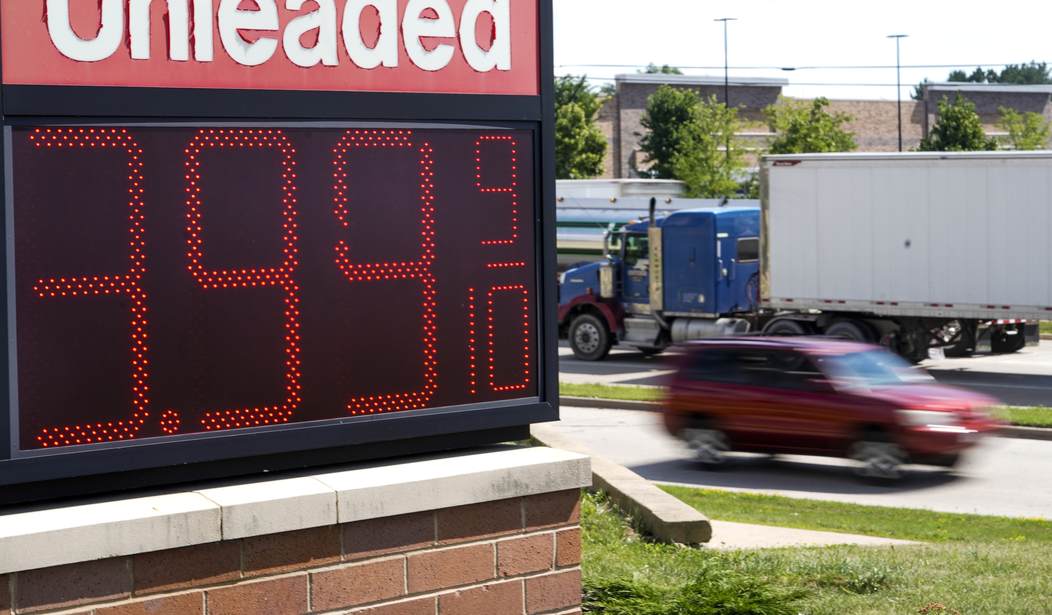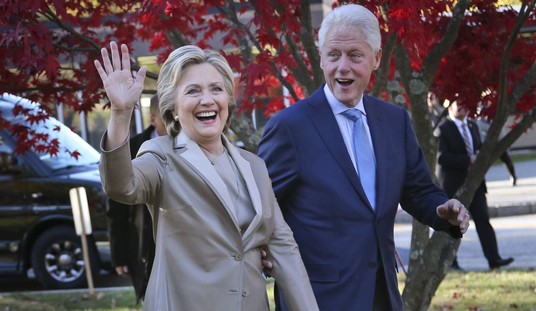The Consumer Price Index (CPI) report for June shows that inflation has again eased year over year. Last month, it eased 3 percent year over year, its lowest since early 2021. Looking at the month-to-month, it rose 0.2 percent, which is still indicative of a slowdown in inflation.
However, that’s still above the Federal Reserve’s target of 2 percent, which could mean more hikes in the interest rate, even after a break in rate increases after the Fed’s June board meeting.
The numbers are a bit lower than what Wall Street economists were predicting.
Economists surveyed by The Wall Street Journal estimated that consumer prices rose 3.1% in June from a year earlier, still above the Fed’s 2% target.
Fed officials have signaled that they are likely to raise interest rates to a 22-year high at their July 25-26 meeting, following recent signs of stronger-than-anticipated economic activity. Wednesday’s inflation report isn’t expected to change that outcome.
Not including volatile food and energy prices, the core CPI numbers showed inflation up 4.8 percent year over year and 0.2 percent from the previous month. Original Wall Street estimates expected increases of 5 percent and 0.3 percent, respectively.
But those core prices are still a concern for most consumers, as falling costs in energy have provided something of a cushion while prices are still higher across the rest of the board. Inflation has remained stubbornly high despite the Fed’s efforts to curb it with rate hikes.
Despite the fact that the Fed took a break from those hikes in June, most board members signaled they expected at least two more rate hikes this year. The current interest rate is between 5 and 5.25 percent. But the primary focus of the Fed is to get inflation at or below 2 percent, meaning their efforts to reduce inflation are likely to continue. The June pause was intended to gauge what impact the rate hikes and other efforts had.
Positive movement in the inflation numbers may give the Fed a reason to skip again, but most signs indicate that their July meeting will result in another increase.
The biggest concern among economists has been a looming recession, which many predicted could hit as early as the middle of this year. However, the economy has proven more resilient, though worries remain that the end of this year or the beginning of 2024 is still ripe for a recession if things don’t change.
This is a developing story, and RedState working to provide complete coverage of news and updates that matter to conservatives. Updates will be shared as they become available.













Join the conversation as a VIP Member